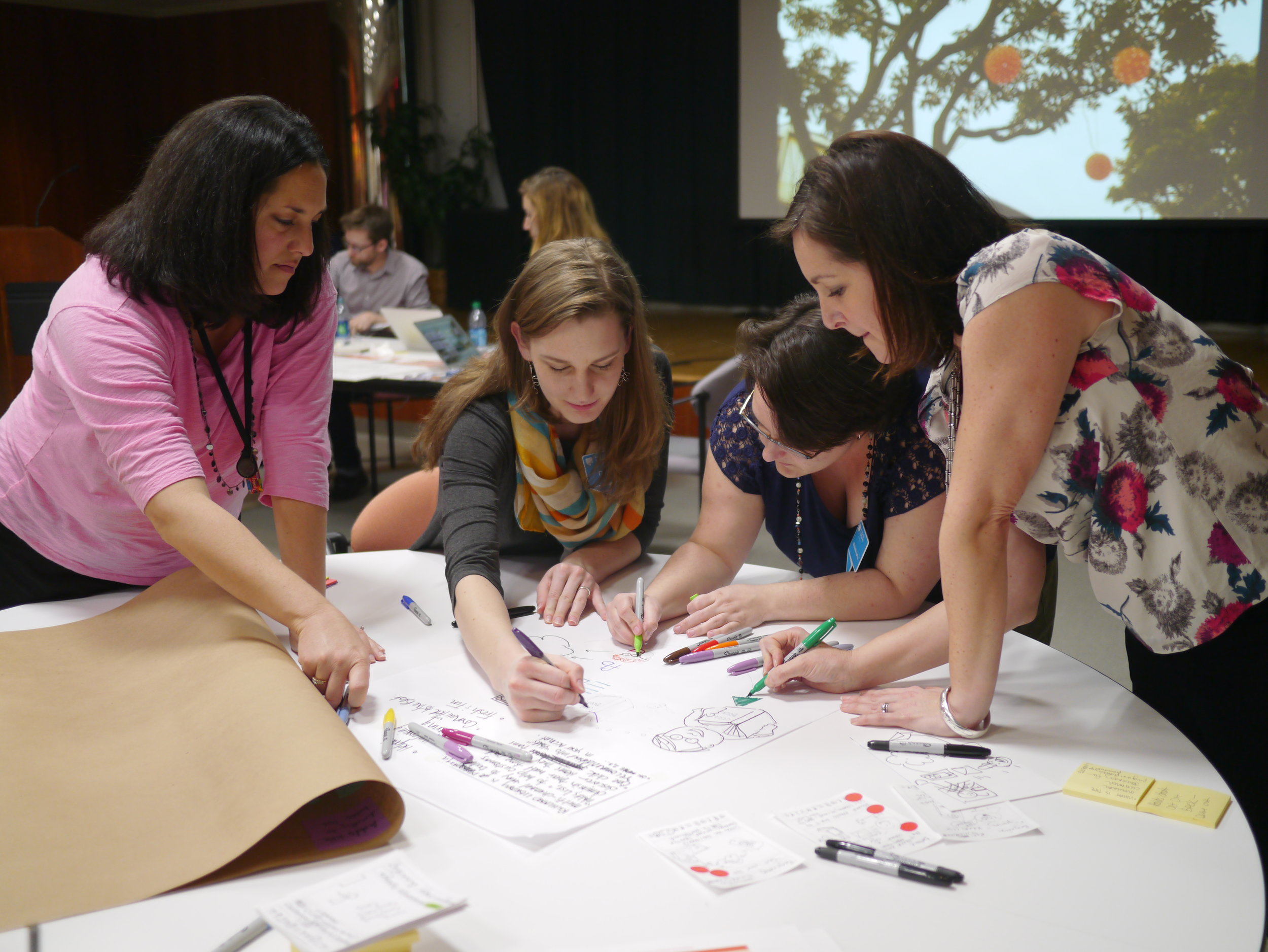Human-centered design enables organizations to innovate products and services through an iterative process, taking into account the culture, structure and goals of the organization, as well as how its customers/users interact with the product or service.
The very first step of a design process should be to design the process itself.
- Do we have data? “Visualizing data as personas, journey maps, stakeholder maps, etc. helps a team to simplify complex processes and makes it easier to understand which problems should be tackled.”
- Who are the stakeholders? (customers, users, employees, management, designers, engineers, etc.) “The main aim is to work in a co-creative manner. Service design isn’t about avoiding mistakes, it’s about exploring as many ideas as possible, identifying problems as early as possible in order to learn from them.”
- Reflect. “Consider the emotional aspects of a service. Photos, storyboards and visual aids can help to generate the necessary emotional engagement. “Playing” through certain situations helps to incorporate emotionally important aspects of personal interactions with the service proposition.”
- Implement. “The implementation of new service concepts demands a process of change. There are three principles of change management you can consider as a guideline: planning change, implementing change and reviewing change.” Both customer and employee motivation and engagement are crucial for sustainable service implementation. Monitor processes.
Source: Service Design Thinking | UIE

